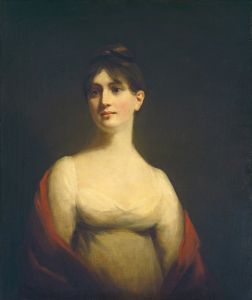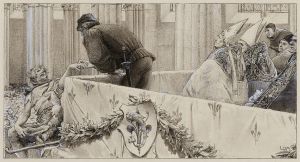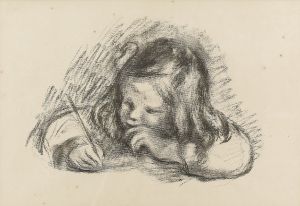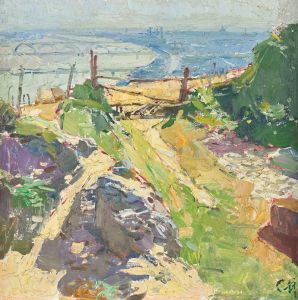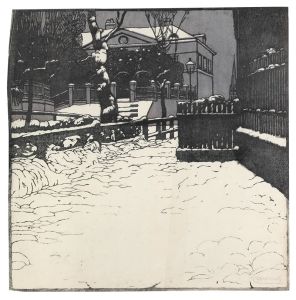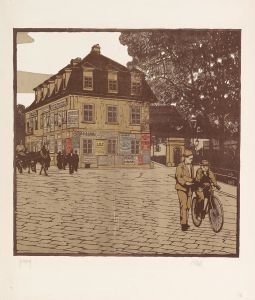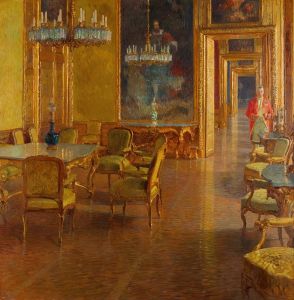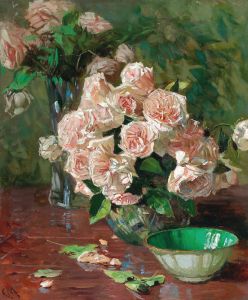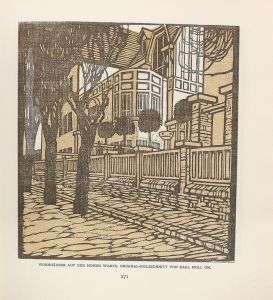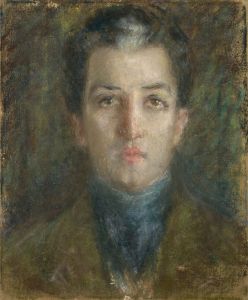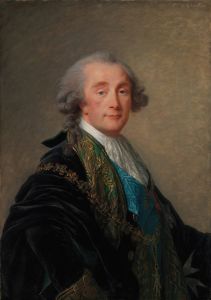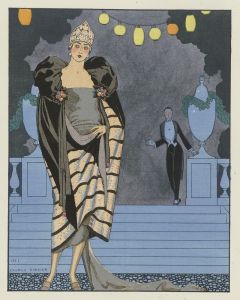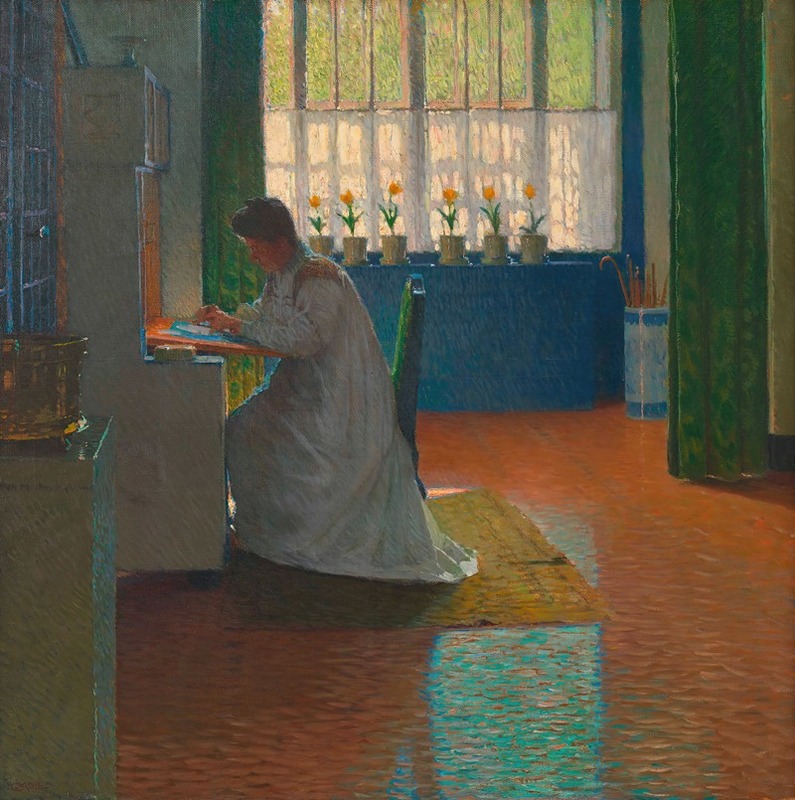
Anna Moll am Schreibsekretär
A hand-painted replica of Carl Moll’s masterpiece Anna Moll am Schreibsekretär, meticulously crafted by professional artists to capture the true essence of the original. Each piece is created with museum-quality canvas and rare mineral pigments, carefully painted by experienced artists with delicate brushstrokes and rich, layered colors to perfectly recreate the texture of the original artwork. Unlike machine-printed reproductions, this hand-painted version brings the painting to life, infused with the artist’s emotions and skill in every stroke. Whether for personal collection or home decoration, it instantly elevates the artistic atmosphere of any space.
"Anna Moll am Schreibsekretär" is a painting by the Austrian artist Carl Moll, a prominent figure in the Vienna Secession movement. Born in 1861, Carl Moll was a contemporary of Gustav Klimt and was known for his contributions to the development of modern art in Austria. His works often reflect the transition from traditional to modernist styles, characterized by a focus on light, color, and composition.
The painting "Anna Moll am Schreibsekretär" depicts Anna Moll, the artist's daughter, seated at a writing desk. This intimate portrayal captures a moment of quiet reflection and domestic tranquility, a common theme in Moll's work. The setting is likely a room in the family home, which Moll often used as a backdrop for his paintings. The composition is carefully arranged, with attention to detail in the furnishings and the play of light across the surfaces.
Carl Moll's technique in this painting demonstrates his skill in rendering textures and his sensitivity to the effects of light. The soft illumination suggests a window outside the frame, casting gentle shadows and highlighting the contours of Anna's figure and the desk. The color palette is subdued yet rich, with warm earth tones and subtle contrasts that create a harmonious balance.
Moll's work is often associated with the Vienna Secession, a group of artists who broke away from the traditional art institutions in Vienna in the late 19th century. The Secessionists sought to explore new artistic expressions and were influenced by the broader Art Nouveau movement. Moll's involvement with the Secession is evident in his approach to composition and his interest in capturing the essence of modern life.
"Anna Moll am Schreibsekretär" exemplifies Moll's ability to blend realism with a modernist sensibility. The painting not only portrays a personal moment but also reflects the cultural and artistic shifts occurring in Vienna at the time. Moll's attention to detail and his ability to convey mood and atmosphere make this work a significant example of his oeuvre.
Carl Moll's legacy as an artist is marked by his contributions to the Vienna Secession and his role in shaping the direction of Austrian art in the early 20th century. His works continue to be appreciated for their technical excellence and their ability to capture the spirit of an era. "Anna Moll am Schreibsekretär" remains a testament to his skill and his vision as an artist, offering viewers a glimpse into the intimate world of his family life and the broader cultural context of his time.





